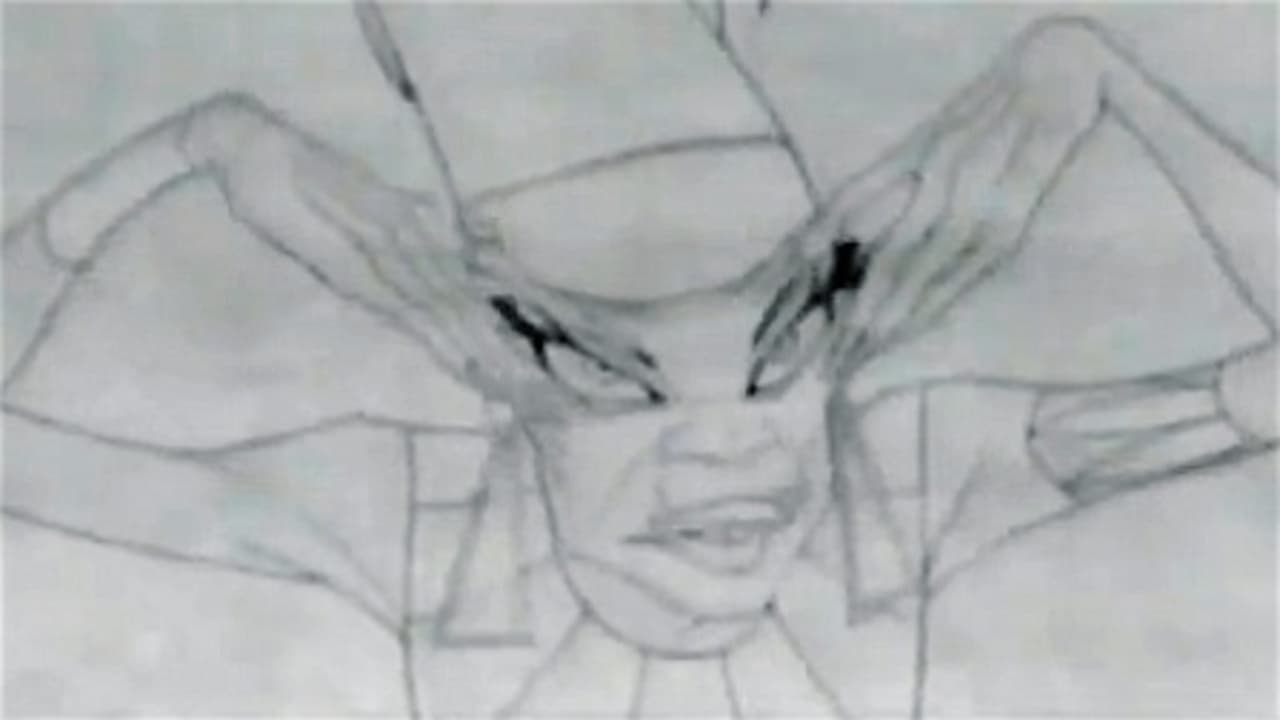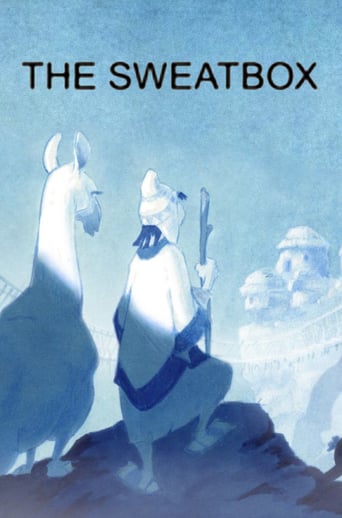

In 1997, Grammy Award-winning singer Sting was asked by the Walt Disney Company to compose the songs for their upcoming feature film, "Kingdom of the Sun". He agreed on one condition that his filmmaker wife, Trudie Styler, was given unlimited access to producing a documentary on the making of the film. Disney agreed, and Sting signed on to the project with collaborator David Hartley at his side. However, Sting complained he didn't have much to work with since there wasn't a finalized storyline given to him which sets the problem of the documentary as he and the filmmakers went through the "sweatbox", which refers to the early days of Disney animation when there was no air conditioning, causing the animators to sweat while their rough work was being critiqued. And this is what Trudie Styler and co-director John-Paul Davidson unpredictably set out to capture through the extensive process. The storyline of "Kingdom of the Sun" is about a young, selfish Incan emperor named Kuzco (to be voiced by David Spade) who has grown bored of his palace life, and finds a twin in a humble peasant farmer named Pacha (to be voiced by Owen Wilson). The two switch places, though the emperor's adviser Yzma (to be voiced by Eartha Kitt) notices no "mark of the sun" on Pacha. She blackmails the impostor emperor, and has Kuzco transformed to a non-talking llama that later teams up with a female llama herder. Because of this, she can finally use Supai, the demon of darkness, to engulf the empire in eternal darkness giving her eternal youth not given by the sun.The initial director for this project was Roger Allers, coming off his success of "The Lion King", who eagerly shows his passion in this project. He was later joined by Mark Dindal, the director of the underrated "Cats Don't Dance", and Randy Fullmer serving as the producer. The first forty minutes greatly documents the work on "Kingdom" with never-before-seen animation footage of Yzma from lead animator Andreas Deja topped with trips to South America studying llamas and local scenery which recalls memories of "Saludos Amigos" and well-drawn storyboard sketches. Another highlight was the songs Sting and Hartley had managed to compose. One was the show-stopping villain tune "Snuff Out the Light" which explains Yzma's lust for eternal youth. Kitt's vocals easily flows the mood of the song, and is successfully backed with a haunting chorus with lyrical images of demonic beasts and themes of light and darkness are greatly contrasted. The love song, "One Day She'll Love Me", was to be used for a subplot between "Emperor" Pacha and Kuzco's betrothal Nina (to be voiced by Carla Gugino) who notices a change in the new emperor that effectively attracts her. The vocals of Sting and Shawn Colvin stir up intensive chemistry, and the theme makes for an exquisite throwback to "Aladdin" with a peasant protagonist pretending to be of royalty. Other songs were the groovy "Walk the Llama Llama" and a song for Harvey Feirstein's talking talisman named Hucua inspired by "Why Can't the English" from "My Fair Lady" supposedly titled "Why Can't a Human Be More Like a Rock". The common ingredients for a successful Disney animated feature were there until it takes a turn for the worst with the poorly received test screenings supervised by the animation studio chiefs Thomas Schumacher and Peter Schneider whom complain about the uninvolving storyline and the heavy seriousness of "Kingdom". One of my favorite scenes following this was the Disney "Brain Trust" meetings where directors Gary Trousdale, Kirk Wise, Rob Clements, and John Musker and Disney/Pixar story artist/director Joe Ranft advise Allers on how to improve "Kingdom". It was amazing to see these talented people captured on film all together in one room. Unfortunately, Allers relinquishes the director's chair unable to finish his animated epic in time for its scheduled summer 2000 release date, and Dindal and Fullmer are left to pick up the pieces of the puzzle. Even though we know the end result midway through the picture, it's still amazing how the retitled film known as "The Emperor's New Groove" proved to have a chaotic production history as well in its break-neck struggle to finish production. Even as with "Kingdom", Schumacher and Schneider are the condescending voice of criticism urging for a tighter storyline and more well-developed relationships with the characters. Even though they are only doing their jobs, this aspect is one of the reasons Disney won't release the documentary in public. It was also delightful how the animators showcase their craft of animating these characters serving as a treat for animation fans and those already knowledgeable about the business. By December 2000, "The Emperor's New Groove" received positive critical analysis, and had modest box office business. Towards the end of the documentary, one can't help but feel what Roger Allers's vision would have turned out had been completed in spite of its flaws. The lasting effect the documentary had that felt very prophetic was when Schumacher stated he hoped the unused story ideas of "Kingdom of the Sun" will have "their fair time in court". Amazingly, ten years later, Disney's "Tangled" recycled the evil scheme of obtaining eternal youth for the villain Mother Gothel, and Rapunzel's kingdom is symbolized as the sun. Above and beyond, "The Sweatbox" is an engaging inside look at how a film goes through the torturous process of development hell. Although it's highly unlikely "Sweatbox" will see the light of day in terms of home video, Styler and Davidson's work is a worthy addition to Hollywood's catalog of film production documentaries.
... View More